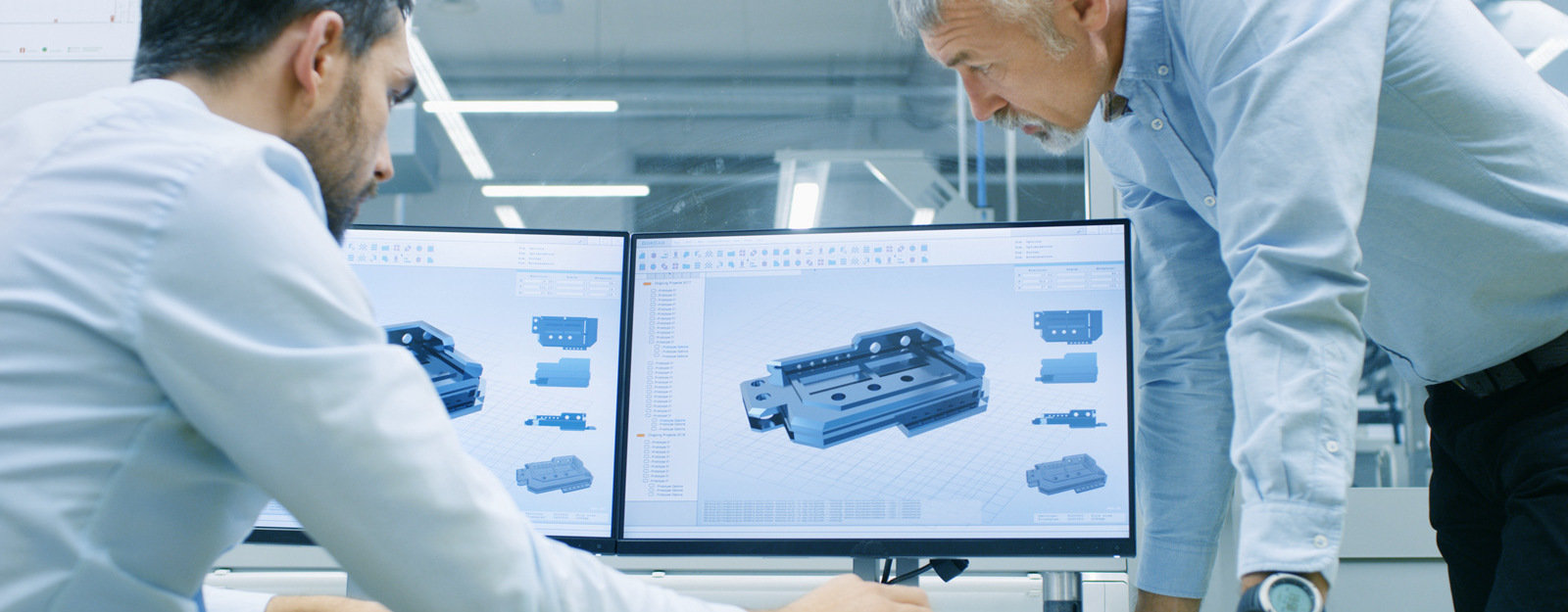Whenever a new product is designed, designers spend a lot of effort and time on the product’s user interface. Strategies like rapid prototyping are essential for the success of any product development. Rapid prototyping is a way to validate the possibility that a product will function as it is intended to. While not fully functional, a prototype closely resembles a real product, ensuring that potential users can interact with the product and give feedback.
Feedback quite far off the mark saves companies weeks or months from building a product that is non-functional in the real world. On the other hand, positive feedback or reaction from potential customers shows that the product concepts are on the right track and it is okay to proceed with development.
The rapid part of prototyping comes into play with the speed of prototype production, how fast feedback can be gathered and synthesized, and how quickly subsequent iterations can undergo the same process. The best rapid prototyping services find a balance between creating a prototype that looks real enough so that the users provide genuine feedback without spending much time on the prototype. When much time is spent making the prototype, the team may be hesitant to disregard the work due to the expended resources and opportunity costs of returning to the drawing board.
Types of rapid prototypes
Before rapid prototyping your design, you want to understand the types of prototypes in product design. Usually, rapid prototyping is an agile strategy used for individual parts rather than assemblies. That means more than one rapid prototyped part can make up an assembly, or a single rapid prototyping part can be used to evaluate a model. Prototypes are categorized based on the purpose, product development stage and degree of accuracy required.
Rapid prototypes usually vary depending on what the designer wants to achieve from the prototype; they don’t necessarily need to look like the final product. They can be categorized or classified in terms of accuracy; the accuracy degree of prototypes varies from low-fidelity to high-fidelity in size, appearance, functionality, appearance and user interface.
- Low fidelity prototypes are pretty straightforward and produced quickly to test the broader concept of a product. For example, paper sketched into cardboard mock-ups.
- High-fidelity prototypes are more accurate; they appear and function like the final product.
Importance of rapid prototyping
In this fast-moving modern-day consumer market, companies should develop and introduce new products faster to remain relevant and competitive. Because faster product development is crucial to a company’s success, rapid prototyping becomes the essential element of product development. Below are some of the objectives of rapid prototyping.
- Early stage approval or validation of the fit, form, and function of product design
- Faster development. Rapid prototyping speeds up the new product development process and plays a significant role in creating successful products.
- Allows to test a concept’s objectives and finalize product specifications.
- The prototype allows the customer, client, and end-user to experience the product and give feedback.
- Final stage product verification against business objectives and the technical requirements.
What product managers need to understand about rapid prototyping
Product managers can use rapid prototyping to get customer feedback from the real world without expending development resources and costs on unproven and untested concepts. Hypotheses are no longer hypothetical; you can test use cases with actual potential customers.
Getting real people to try out the products and observing what works and doesn’t is crucial to creating products that match user needs and require a short marketing period. Rapid prototyping allows you to validate assumptions and clear uncertainties earlier in the process, allowing the production team to move with confidence that the product will have an audience. But if the feedback is not the best, the production team can also go back to the drawing board to avoid making losses.
Rapid prototyping is incredibly iterative, with short turnaround times from one test to another. The production team needs to be ready to provide input to the developers, quickly analyze feedback, and recommend changes that should be made in the next round. Because of how fast the process is, the team requires responsiveness, attentiveness, and collaboration. The development team remains idle until the decision is made to spin up another prototype or proceed with product development.
Rapid prototyping is a valuable time saver and prevents expensive production costs. The dependable feedback from users interacting with prototypes gives product managers qualitative validation of their assumptions.

